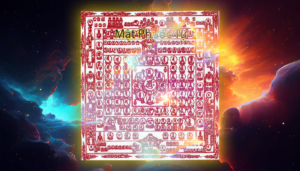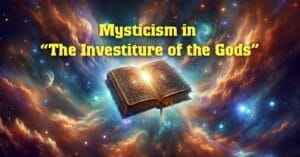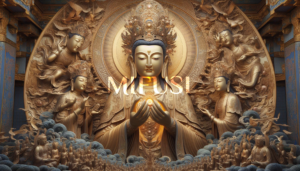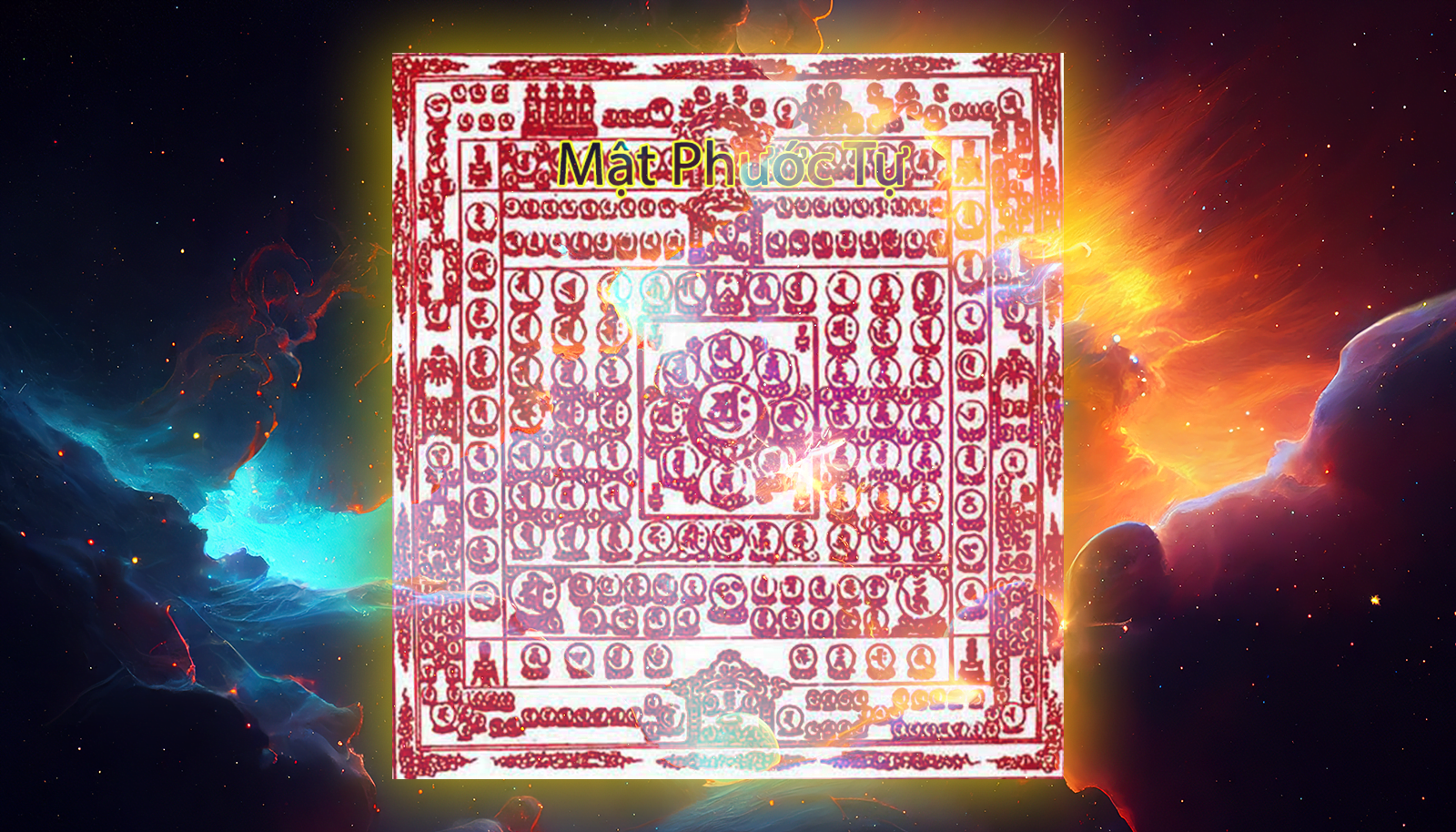Ceylon, Siam, Cambodia, Indonesia, Malaysia, and Thailand belong to the Theravada or Southern Buddhism.
The Buddhist scriptures recorded that Buddhism from India had already spread to Ceylon during the dynasty of King Ashoka. Ashoka organized a series of missions to the kingdoms of south Ceylon, Syria, Egypt, Macedonia and Burma. The King’s son, prince Mahendra led the mission to Ceylon. He brought three volumes of Sutras to be translated by famous teachers. At that time, Secret Buddhism also spread to South East Asia. The people in South East Asia took the Secret Buddhism learning very seriously.
History recorded that Amoghavajra met Vajrabodhi and became his disciple in Malaysia in 720 AD. This tells us that teachers from India had spread Secret Buddhism to South East Asia, China and Tibet, in the same era. The quantity of Sutras in South East Asia was as many as in China and Tibet.
Most Buddhist monks practiced Secret Buddhism in Siam, Burma, Laos and Cambodia. The majority of them became famous and was respected for their spiritual powers. Some attained a superior spiritual power that was well known and had become legendary.
In Vietnam, following the Dinh, Le, Ly, Tran dynasties, the Vietnamese monasteries did not have a master of Esoteric Doctrine therefore the line of transmission has been broken.
In the year 1928 AD, the elder monk Khanh Hoa had brought three ‘baskets’ of scriptures to Vietnam from China and Japan. However, until 1970, there were only scattered translations of the esoteric teachings. In every temple, Buddhist monks routinely recited the Great Compassion and the Ten Good Deeds Dharani Sutra at 4:00 AM, noon and evening time. These are the major Sutras of Secret Esoteric Buddhism. Buddhist monks in Vietnam as well as in Japan always began their reciting session with the Great Compassion Sutra, which was the most important Dharani in Secret Buddhism. This Sutra was from the “Thousand Arms And Eyes Great Compassion Dharani”. Vietnamese Buddhists also recite it. However, when asked about Secret Esoteric Buddhism, no one seems to know anything about it. Surprisingly even among the Buddhist masters, who recite Dharani daily, there are few who understand Secret Buddhism Doctrine. This has resulted in prejudice and misunderstanding about the esoteric doctrine.
Occasionally, there were a few monks who practiced the Secret Buddhism without ever having the traditional transmission of the doctrine through initiation (Abhisekha). Thanks to their religious commitment they were able to obtain the spiritual powers from the Bodhisattvas and thereby fulfill their vow for saving people. They were able to perform magic and convert people. They were worthy of enjoying the peaceful Dharma for themselves, but were not able to transmit it to the disciples. Therefore, Secret Buddhism in Vietnam remains hidden but for a few select individuals.
In the recent past, there were a few well-known monks holding a special status in Vietnam who practiced Secret Buddhism. For example, Venerable Thich Vien Duc had received the secret seal from masters Van An and Tu Thanh in Phu Yen. He practiced the doctrine and attained spiritual powers. He was famous for using yantras to cure heart disease and for other miraculous works. He was credited with translating the chapters on Secret Buddhism from the Chinese Great Store Sutra and promoting them. The study of Secret Buddhism Doctrine began to flourish through the daring publication of the following Secret scriptures in Vietnamese:
Thoroughness in Exoteric and Secret Sutra -Chun Ti Dharani Sutra-Mahayana Precious Solemn King Sutra -Great Precious Wisdom-Heaven palace pillars – One Word Dharani for the ending stage of the Doctrine Secret Dharani Sutra. The precious Mudra Dharani The Unisha Vijaja Dharani Sutra and a number of other important sacred books, especially the “Secret East” that drew from over 100 Secret Buddhism Sutras.
He had in fact contributed many services toward the propagation of the philosophy and theories of Secret Buddhism for the Vietnamese people. However, due to the lack of traditional Abhiseka transmission, Secret Buddhism was only known through its theories. Even Venerable Thich Vien Duc himself was not able to transmit the spiritual power he had significantly attained.
Venerable Thich Pho Ung is another prominent Buddhist master at Linh Quang Shrine, on Nguyen Khoai Street- district of Khanh Hoi. He performed exorcism and displayed many supernatural powers everyday for the general public. However, he did not want to preach and impart any theories or applications of the Secret Doctrine. Perhaps he considered Esoteric Doctrine too difficult to practice and should be reserved for chosen monks.
Venerable Thich Thien Tam preached Pure Land Buddhism. He also recited the Dharani of Secret Buddhism, and had also obtained significant supernatural powers. Recently he translated and preached a number of esoteric scriptures. However, he too, could not implement all the steps of Abhisekha because of the lack of orthodox coherence.
In summary, one cannot rely too much on the Venerable and other Honorable monks that have practiced Esoteric Doctrine in Vietnam, to teach the practical application of the secret doctrine, or to perform the Abhisekha initiation ceremony.
Therefore, even though the practitioner recites the Great Compassion or the Ten Good Deed Dharani, he cannot attain higher aspiration of the Secret doctrine and is not different from a practitioner of the Hinayana School.
Related Post

Story 4 – Chimdada’s quest for Magic
Story 4 - Chimdada's quest for Magic Câu chuyện số 4 - Chimdada cầu đạo by ThầyGià - 12 November...
The High Priestess (II) Reversed
The High Priestess (II) Reversed (Card Descriptions Based On Original Rider-Waite Colors – Still Under US Games Inc. Copyright) Keywords...

Chapter VI: IV – The Dharani Of Great Satisfaction, Of Fearlessness And Compassion Sutra From Thousand Heads, Thousand Arms Avalokitesvara Bodhisattva
IV. The Dharani Of Great Satisfaction, Of Fearlessness And Compassion Sutra From Thousand Heads, Thousand Arms Avalokitesvara Bodhisattva. In the...

Chapter I: V – MANDALA (Part 5/6)
V. MANDALA: Mandala or 'Dan' or Bodhi Mandala is a complex term. It literally means donation, gift, generosity, or a...

JIANG ZIYA BURNS THE “JADE LUTE” DEMON
In the Huang-Ti grave at the South Gate lived a Demon called Jade Lute, a friend of Daji. They had...

Divine signs during the Initiation Rite
Divine signs during the Initiation Rite MỘT SỐ ẤN CHỨNG ĐIỂM ĐẠO HAY TRONG MÙA VẢI THIỀU by thachanhtrang on...

Chapter I: IV – Magic Symbols (Part 4/6)
IV. Magic Symbols: Dharani (Mystic formula-Mantra) Yantra (seals) –Mudra (fingers code) 1. Dharani: To maintain, to maintain all, or the ability...

THE ENIGMATIC MONK
In 1914, when China invaded Tibet, the 13th Dalai Lama had to flee to India for refuge. This presented a...
